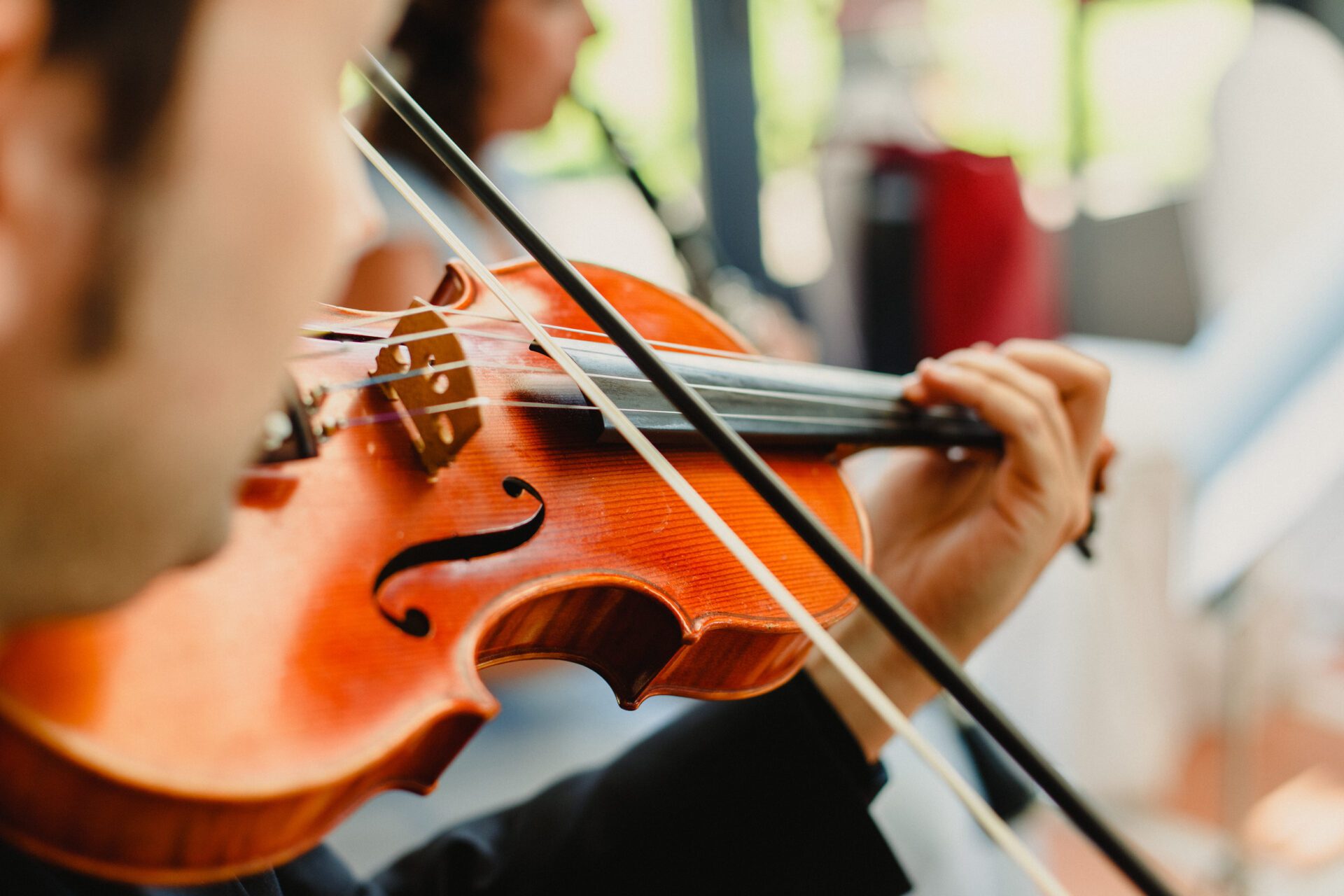
Learning the violin takes time, focus, and regular practice. But taking care of your instrument is just as important as learning how to play it. A well-maintained violin sounds better, lasts longer, and helps you stay motivated.
Many students forget how much small habits affect their instrument. Dust, rosin, and moisture can all build up over time. Poor storage and handling can also cause damage. The good news is that violin care is simple once you know what to look out for. Here are a few practical tips that every violin student should follow from the start.
Always Clean After Playing
One of the easiest habits to build is cleaning your violin after each session. Use a soft, dry cloth to gently wipe the strings, fingerboard, and body. This removes rosin dust and oils left by your fingers.
Even a light layer of rosin can affect the sound. It also makes the wood look dull and sticky. Don’t use any cleaning sprays or polishes. Just a clean cloth to keep your violin in good shape every day.
Make it a part of your routine so it becomes automatic. Clean the bow as well. A quick wipe-down helps maintain the hair and keeps the stick free of buildup.
Store the Violin the Right Way
Always keep your violin in its case when you’re not playing. Choose a safe place away from heat, cold, and sunlight. These conditions can harm the wood or affect tuning.
Don’t leave the violin on a chair or in the car. Even short exposure to extreme weather can cause cracks or warping. After zipping the case, check that nothing presses down on it.
Loosen the Bow After Each Use
After you finish playing, turn the screw on the bow to loosen the tension. This protects the stick and keeps it from warping. If you forget to loosen it, the bow can lose its shape over time.Make sure the hair feels relaxed and no longer tight. This small step keeps your bow ready for the next practice.
Watch the Bridge and Pegs
The bridge supports the strings and affects how your violin sounds. Keep it upright and centered between the f-holes. If it tilts, it may fall or create tuning issues. Check the bridge often. Gently adjust it if needed, or ask your teacher for help. Avoid forcing it, especially if you feel unsure. Pegs should turn smoothly and hold the string tension. If they stick or slip, let your teacher apply a peg compound. This helps them stay in place during tuning.
Apply the Right Amount of Rosin
Before playing, apply a few strokes of rosin on the bow hair. This gives you a grip and allows the bow to produce sound. Using too much can make the tone scratchy. Using too little may cause a weak sound.
Wipe off the strings and fingerboard after you rosin the bow. Rosin dust can affect the tone and stick to the surface. With practice, you’ll learn how much rosin your bow needs for a clear tone.
If your child wants to learn the violin, we’ll guide them every step of the way — from holding the bow to tuning the strings. At The Music Workshop School, we include care tips and routines in every lesson to help students grow with confidence. Reach out to us today to learn more about our private and group lessons.

